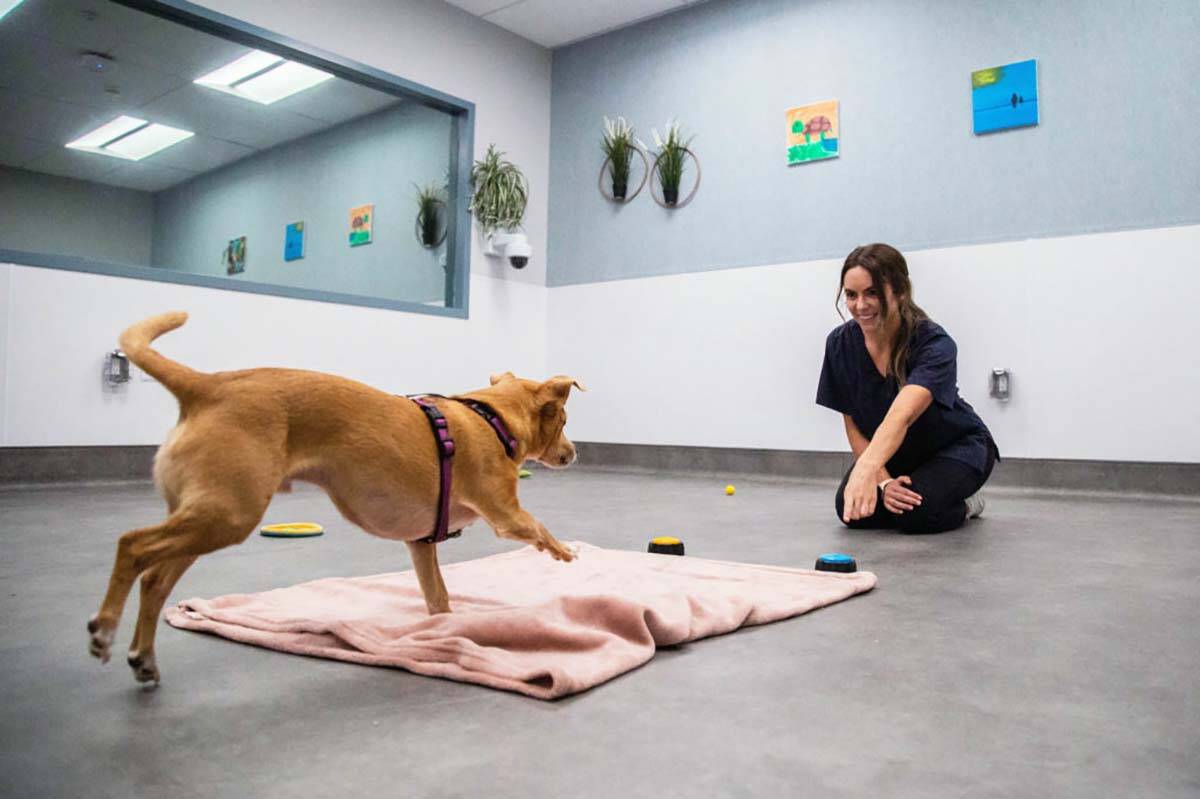Why do dogs act the way they do?
This is the central question behind a new research initiative at the University of British Columbia. Its Human-Animal Interaction Lab just opened and is looking for dog owners and their four-legged companions to help researchers explore the ways different dogs perceive and respond to their environments.
“We take a behavioural angle to our research and look for differences between dogs on a small-scale level. For example, we will be looking at how dogs interact with the world and what kinds of differences we might observe in fundamental aspects of their learning, like speed of knowledge acquisition and how quickly or slowly the dog might engage with a new item,” lab director and UBC animal welfare assistant professor Alexandra Protopopova said in a news release.
For instance, a dog could be taught to touch its nose to one of the palms of their owner’s hand. The researcher could then change the rules and have the dog learn to touch both of its owner’s palms. The researcher would monitor how long it took to dog to learn the different rules and adapt.
The goal of the research is to learn how different breeds of dogs and dogs with different characteristics respond to prompts. This knowledge can then be used to improve animal shelter practices and the use of therapy dogs for the behaviour rehabilitation of other pets, the lab researchers say. It will also provide a learning experience for UBC students.
The lab itself has specialized flooring for easy cleaning, 360-degree cameras and a two-way mirror so researchers can observe dogs from outside without them noticing.
For a pup to take part, their owner must issue their consent and the dog must demonstrate interest.
“It’s important for us to ask the dogs if they would like to participate in the same way we would invite children to participate in studies. The dogs are always given the opportunity to engage and re-engage in the experiment. If the dog does not want to go forward, or if we observe any stress signs, we let the owner know and immediately stop the experiment,” Protopopova said.
No matter how far they make it, each dog will be given a participation certificate and the opportunity for a photo with a graduation cap and sash. Protopopova calls this earning a “Ph-Dog.”
READ ALSO: BC Cancer launches $500M fundraising campaign as patient numbers projected to grow

